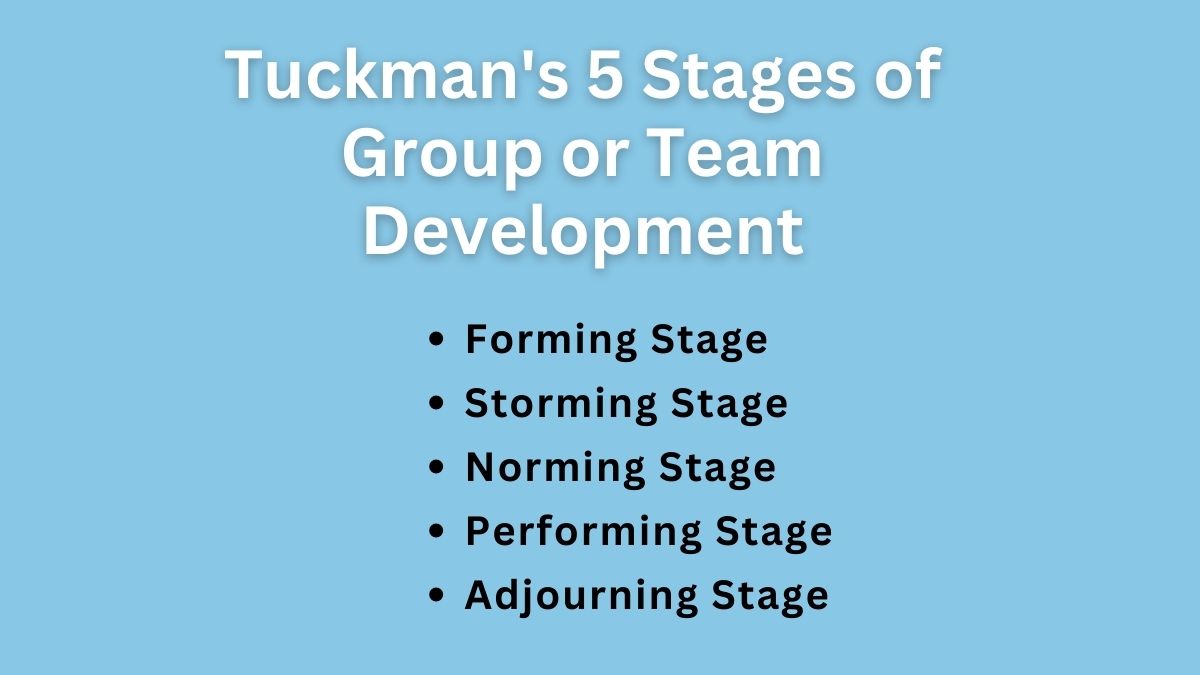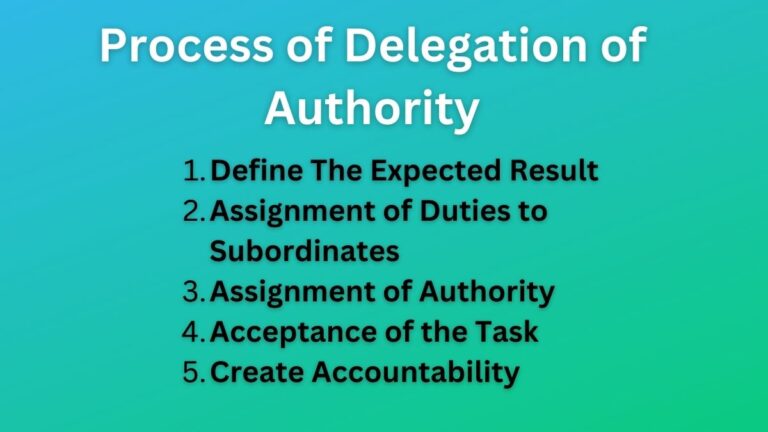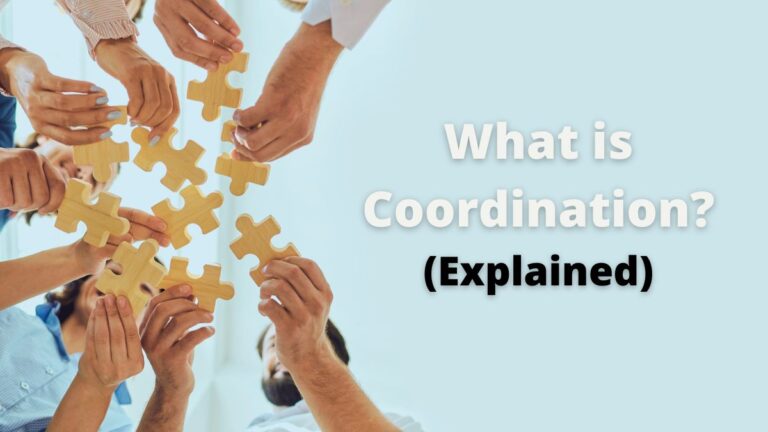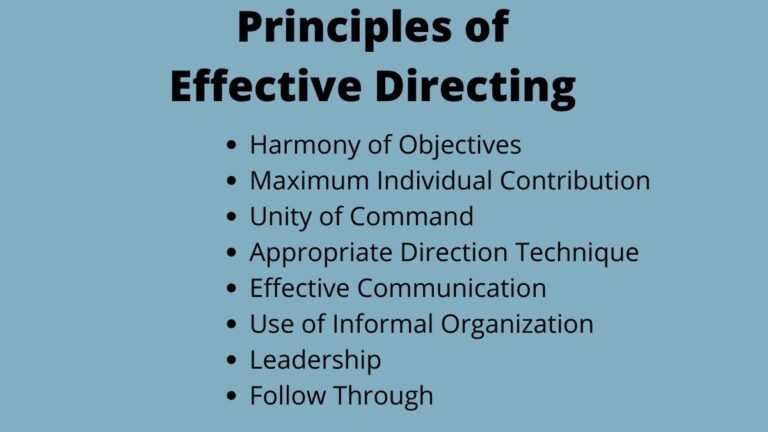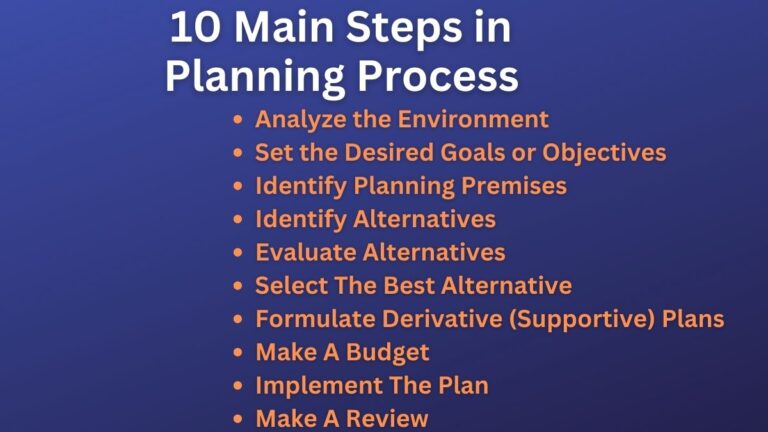Bruce Tuckman’s 5 Stages of Group or Team Development
What is Group Development?
Group development is the process of creating a fully functioning group in order to accomplish a common goal effectively and efficiently. It is a process that involves a series of steps to form a group.
The main objective of group development is to develop a group that is able to perform the given tasks. In such a group, there is no feeling of “I” everyone is interdependent on each other and one’s actions affect the performance of the whole team.
The famous psychologist Bruce Tuckman was the pioneer to introduce the model of group development in his essay titled “Developmental Sequence in Small Groups” in 1965. At first, Tuckman introduced only four stages namely – forming, storming, norming, and performing.
Later almost after 10 years the adjourning stage is added to the original stages of the Tuckman. Today this model is commonly known as Tuckman’s stages of group or team development. Let’s discuss these stages.
Tuckman’s 5 Stages of Group Development
Let’s discuss Tuckman’s 5 stages (forming, storming, norming, performing, and adjourning) of group development in detail.
Forming Stage
The forming stage is the initial stage of group formation. In this stage, people have the willingness to join the group and they try to introduce each other. They are excited to know each other and at the same time, they are also anxious to know the scope of the group and whether or not they are fit for that group.
Related: Stages of Plan Development
For instance, it is like when you first time join a job, you try to introduce yourself to the people who are already doing it and the company. You will show a great desire to know more about the company.
Though in the forming stage, people show great excitement to be a part of the group, they also have confusion about the future of the team, their roles in the team, who is the leader, will I fit or not in the team, etc.
People have a great desire to be accepted in this stage and they strongly avoid unnecessary conflicts. A member who is knowledgeable and has authority might try to take control of the group. And, this stage ends when people think to start themselves as a part of the group.
Storming Stage
Storm, as the name indicates, the storming stage is the most difficult among the stages of group development. It is the stage where inter-conflicts and confrontation are at the highest level.
Group members start to interact with each other and discuss the tasks to be achieved. In this stage, since members better understand each other and the goal of the group or the company there may be disagreement in terms of leadership, authority, responsibilities, strategies, rules, roles, reward system, etc.
As a leader, you must be able to identify the reason for conflicts in the storming stage and find solutions as soon as possible. If not, your failure to address such issues and solutions may result in long-term problems. It is like when storms come into the sea the ship captain must be able to pass this storm.
In addition, members whose goals conflict with the group’s goals may form subgroups and cliques. This further degrades the effectiveness of the group. As such, you should be able to explain what the goal of the group is and what everyone’s role is in this.
Usually, the storming stage ends when there is the establishment of a clear hierarchy of relationships and everyone knows what they have to do to achieve the common group goal.
Norming Stage
Once the group formation process passes the storming stage, it reaches the norming stage. It is the stage, where every group member starts to value each other, they respect the personality, experiences, and skills of each other.
In the norming stage, group members start to think as “WE” They demonstrate group cohesiveness, create harmony, and establish a separate identity for their team. They have now established clear norms and structures to accomplish the goals.
Also Read: The 6 Marketing Philosophies
Here, members are comfortable working with each other, they are comfortable asking for help from each other, and they are aware of everyone’s working style and are comfortable with that. Members are now comfortable with the group’s expectations and are ready to do the work.
Performing Stage
In the performing stage of group formation, there is greater cooperation and consensus among team members and they are now matured, organized, and fully functioning. There is a clear structure and are committed to the mission of the team.
Here, members are competent in solving the issues that arise during the job. They are focused on the job done and solving the problems that arise during the course.
The performing stage is marked by higher productivity. Every leader’s goal should be to reach his team to this stage as soon as possible. Great devotion and commitment of members to reach the group’s goal are seen in this stage. However, leaders face challenges to manage task performance and human resources.
Adjourning Stage
Adjourning also called the ending, mourning, or deforming stage is the last stage of the group formation process. In this stage, the goal of the groups is almost achieved.
Simply, the adjourning stage refers to the ending of the group work but it is also confusing. Since most of the group’s goal is achieved at this stage, such groups are deformed. Similarly, members are also transferred to other groups. The leadership, roles, responsibilities, authorities, and expectations of members are also changed, as a result.
Most of the team’s work tenure is for a limited time and when the tenure and objectives are accomplished the teams are dissolved but the permanent teams of the organization continue to work.
Since during group work people make a close bond with group members when separating at this stage they feel a sense of loss as such this stage of Tuckman group formation is also called the mourning stage.
In Conclusion…
These five stages of group development are the widely used model of group formation used by most private, public, and business enterprises. Tuckman’s these five stages clearly state how strangers meet and follow these stages and how they become a fully functioning team or a group.
Hence, for a team or a group to be successful and as high performing as possible it is necessary that all these five stages of group formation should be utilized to their fullest potential.
Read Also: Formal Group Vs. Information Group
Sajan Kushmi is a content writer with more than 4 years of experience. He holds BIM Degree. He write on the topics related to Management, Marketing, and Entrepreneurship.
